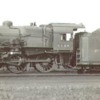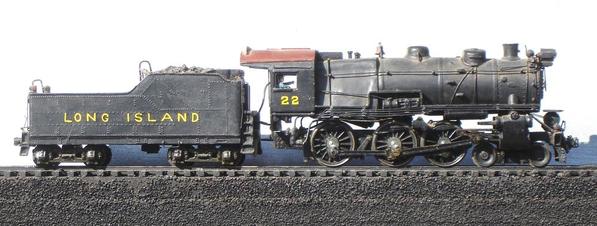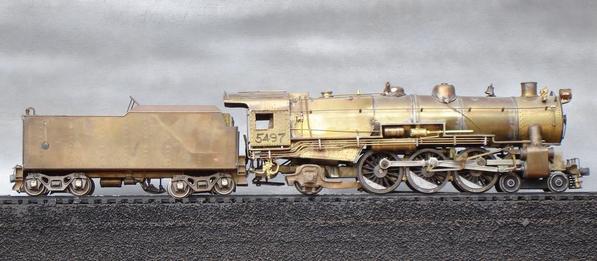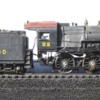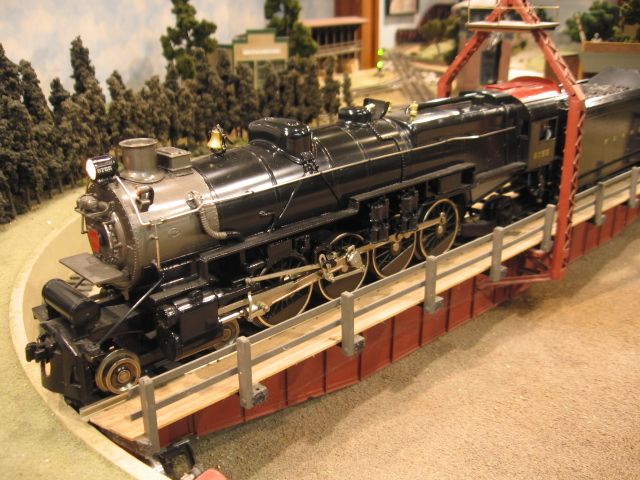I don't recommend assessing PRR O scale locomotive "correctness" using KTM models as a reference point. Specifically the C1 (USH), E6 (MG), G5 (MG), K4 (MG & USH) L1 (MG & USH), and M1a models have incorrect diameter boilers and firebox widths. The root cause of the error was that KTM used the same diameter smoke box front coining from their MG I1sa 2-10-0 model on several follow-on PRR models. The scale 88.5"diameter smoke box on an I1s (and K5, M1, M1a) it is 8% over sized when used to represent the 82" diameter smoke boxes on PRR C1, E6, G5, K4, and L1 locomotives. The difference bothered me enough that I sold the MG G5.
Other G5 candidates:
Weaver G5: The boiler, firebox, and cab are correctly sized, but Samhongsa lengthened the smoke box to accommodate high rail flanges. The downward slope of the belpaire firebox to my eye seems steeper than that of the prototype. IMO the length vs. width ratio difference fails to capture the stubby look of the prototype.
Sunset G5 (1980's) Another flawed model!!! The smoke box length and diameter are correct, as is the cab. Unfortunately the boiler lacks the conical shape of the prototype as the boiler course behind the smoke box is straight - not tapered. The rods and valve gear on the model are also very light. (The same mistakes are also found on the Sunset E6 and H9/10 models Sunset imported at the same time. I purchased the 3 Sunset PRR models but sold them off when more accurate models were imported (Sunset 3rd Rail E6, Key H's). On the plus side the Sunset G5 tender is spot on.
MTH - Can't comment - never had one.
As a boy growing up on Long Island the G5s was the first steam locomotive I remember seeing. I just had to have one. After a 40+ year search for a "right looking" G5 (no success in getting Scott Mann to do one) I broke down and commissioned Frank Miller to build a model of PRR G5s 5741 for me. The starting point for the project was a basket case Sunset G5 I found on eBay. Frank scratch built the boiler, cylinders, and valve gear. The mechanism, cab and tender are carryovers from the Sunset model. Distinctive features include the angled front air tank supports and pilot beam ends. The ball is now in my court to install DCC and paint the model.
My recommendation is to buy the model that in your opinion comes closest to capturing the look of the prototype, and when and if a better G5s model is imported buy it and sell the more flawed one.







